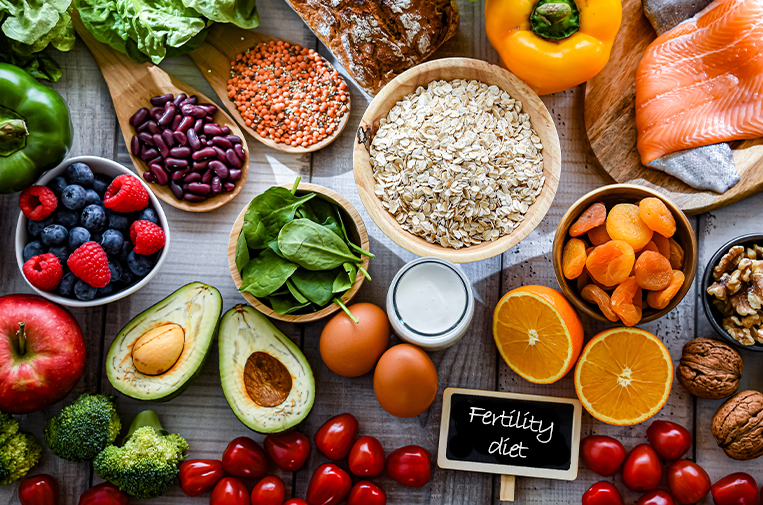A Harvard study links whole-grain consumption to higher live birth rates for IVF patients
It’s a sizzling summer evening and you finally settle into your table at a bustling Cheesecake Factory restaurant. The waitress drops a piping hot basket of bread on your table, and you immediately are faced with the most important decision of your life: do you choose white or whole-wheat bread?
If you are trying to get pregnant (or live long enough to play with those kids), you should choose whole-grain bread. And add to that the brown rice, whole barley and any item with bran while you’re at it. Sure, whole grains that reduce coronary artery disease, cancer, diabetes, and obesity are good for anyone’s diet – but they’re even more important for women doing in vitro fertilization (IVF).
A new study out of the Harvard T.H. Chan School of Public Health and Massachusetts General Hospital reports that whole-grain consumption can increase the live birth rate in women undergoing fertility treatments. The study, “Maternal whole grain intake and outcomes of in vitro fertilization,” prospectively asked 273 women who underwent 438 IVF cycles from 2007 to 2014 about their daily intake of whole grains.
The study counted how many servings of whole grains a woman consumed each day, in addition to other questions about her diet. Reported whole grains included:
- Intact and pulverized forms of bran germ and endosperm
- Whole wheat, whole oats, whole cornmeal, whole rye, whole barely (and their flours)
- Bulger
- Buckwheat
- Brown rice
- Popcorn
- Amaranth
- Psylium
If patients added bran or wheat germ this was counted as well. In addition to the type of grain consumed, diets were categorized as Western (high intake of red and processed meats, butter, refined grains, and sweets) or Prudent (fish, fruits, nuts, legumes).
How whole grains affect fertility
The results? Whole-grain intake was associated with a higher chance of implantation, pregnancy, and live birth even when adjusted for BMI (body mass index), age, race, and dietary patterns. The average intake of whole grains was 34 grams (about 1.2 servings per day). The quarter of participants with the highest intake of whole grains had a 53 percent live birth rate compared with a 35 percent live birth rate in the quarter of the participants with the lowest whole-grain intake. This was a significant difference!
While the underlying mechanism for how whole grains improved implantation and live birth rates is not fully known, the thought is that whole grains improve endometrial lining thickness, quality, and receptivity. The antioxidants that remove radical oxygen species of the lignans (chemical compounds found in plants) may bring about this improvement. The ability of whole grains to regulate glucose and insulin is also certainly a key component.
So now you know — you can have one piece of bread out of the Cheesecake Factory’s bread basket so long as it is rich in whole grains.







